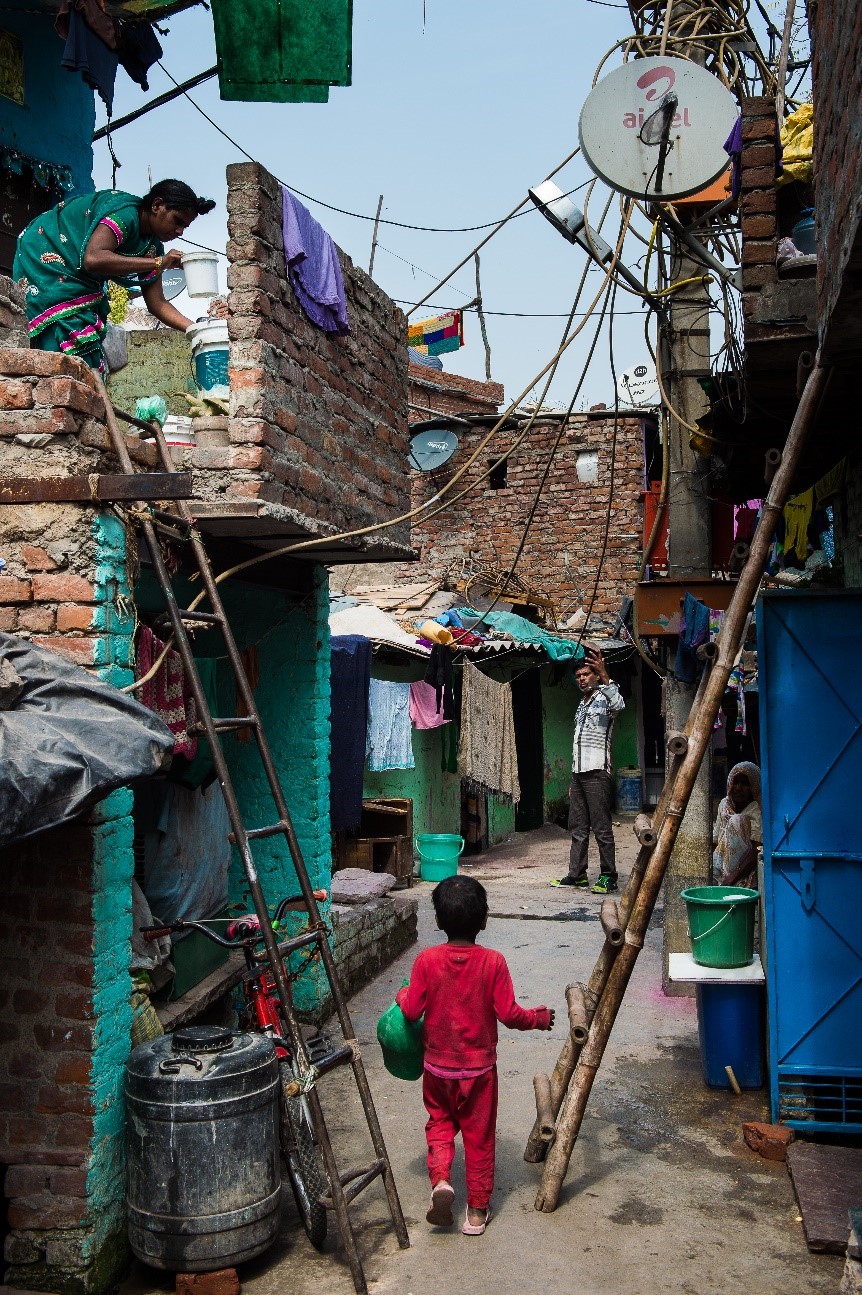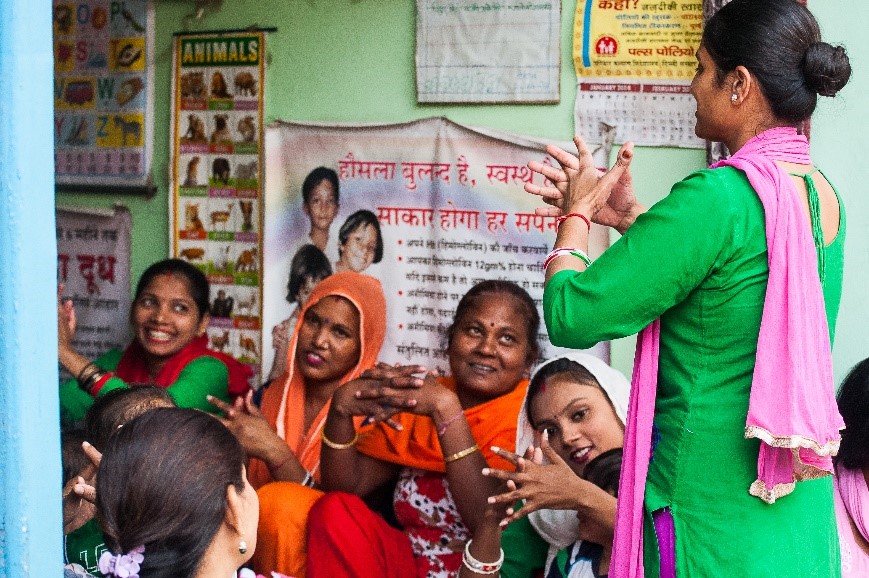
Surprising sanitation lessons in Delhi

I knew enough to know that Delhi would be unlike any other place I’d ever visited. I knew to expect heart-stopping auto rides, colorful chaos, seemingly impossible juxtapositions of gleaming office buildings and tattered tents, and delicious chai wherever I went. Since Delhi is a dynamic city that cannot be contained physically or conceptually, I should have also expected the unexpected even when it came to sanitation, a topic I know (or thought I knew) well.
 Tiny open-air vehicles called autos share the road with bikes, motorcycles, and full-sized cars and are not for the faint of heart.
Tiny open-air vehicles called autos share the road with bikes, motorcycles, and full-sized cars and are not for the faint of heart.
I’d read enough before my trip to know that India’s sanitation situation is a special case in many ways. For example, longstanding cultural beliefs and traditions play into the preference of openly defecating instead of using a latrine. In places like the US, we are trained (potty trained!) to use a toilet, so to us, the absence of one is unfathomable. Imagine instead that you were taught from infancy to be disgusted at the thought of a toilet inside the home, when it is so much more “natural” to go outside in the fresh air as opposed to a smelly latrine. In this context, the need for a toilet is not so apparent, especially when families are unaware that open defecation is linked to diarrhea and many other poor health outcomes.
But there were other things that surprised me. I concentrated on my footing as we made our way swiftly through tiny, uneven alleys, but I lifted my eyes occasionally to smile at children running barefoot and stopping to stare at us with wide, curious eyes. (I’m always surprised by the things I end up hearing all over the world: Even the children in rural Bihar State knew to shout, “Selfie!” for a photo!) Probably because I was tuned in to the theme of diarrhea prevention, I noticed a lazy trail of soapy water spilling from many open doorways: one woman giving her child a bath, another washing dishes.
It was probably when I brought up this observation— that many people seemed to prioritize tidiness within their homes— that our hosts from Save the Children’s Stop Diarrhoea Initiative shared an important insight about private versus shared spaces. In these informal urban settlements, they said, a sense of ownership often stops at the front door, and there’s a gap of felt responsibility for keeping shared spaces clean. Often people don’t realize that open defecation directly affects individual household health, too.
They went on to explain that this particular community, like many others, reflect a growing trend of rapid migration from rural to urban areas. India is incredibly diverse with hundreds of languages, so it’s not unusual for neighbors, coming to Delhi from completely different regions, to be unable to communicate with one another. I knew India was diverse, but I never thought about how this diversity would play out in community health programs in an urban slum in Delhi. The context was completely different from other communities I’d visited in rural Kenya and Zambia and has crucial implications for program implementers. A program like community-led total sanitation (CLTS), for example, may make more sense in rural Kenya or Zambia, but not necessarily in urban Delhi.

What is true across the board is the importance of education about the connection between open defecation and disease. That’s why the Stop Diarrhoea Initiative works with mother’s groups and student hygiene clubs. We heard many program implementers say they are hopeful because the Indian population is young. There are unique challenges when diverse groups flock to urban centers faster than cities can accommodate them, but the same youthful energy that drive these forces of change are also willing to reconsider long-held beliefs and norms, especially when their health is at stake.


